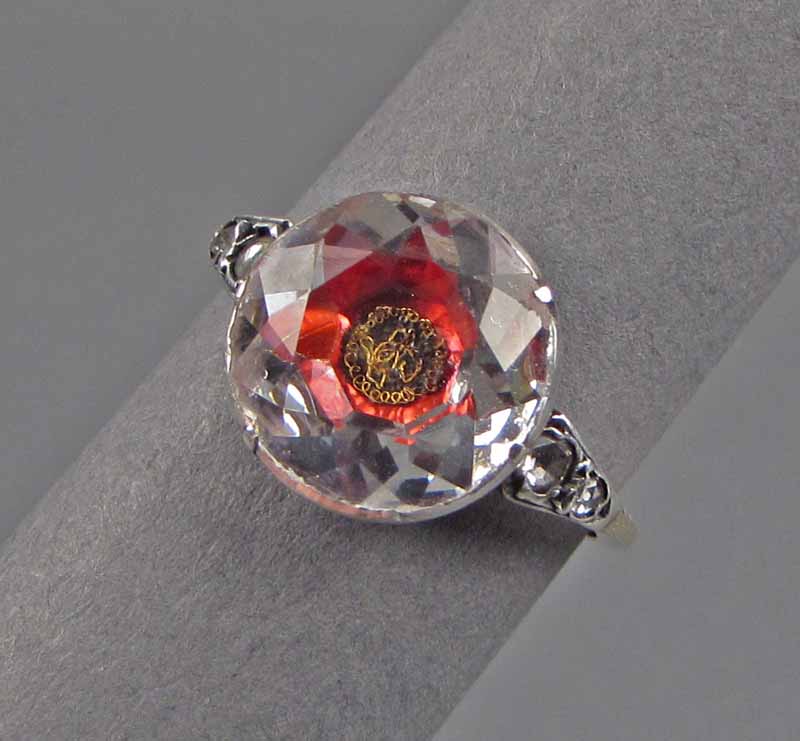
Jan & John Maggs Antiques
Thoughts on the Stuart Crystal Jewels of England
Jan Maggs
____________________________________________________________________________

____________________________________________________________________________
These amazing pieces of jewelry
were made up of clear, faceted rock crystals, enclosing
love
tokens (pieces of ribbon, cloth, or hair), with initials (sometimes the King’s
monogram) worked in fine gold wire into cyphers on top, and a foil backing
(rose, silver, sometimes blue or green, in color). The whole mounting was
closed-back set in silver or gold. This did not open but was rubbed over the
crystal, or sealed in a crimped manner.
Rarely does one find pieces which actually contain the highly prized hair of King Charles I. It is more usual to find Stuart crystal jewels with a miscellany of cyphers (in monogram) over the hair/fabric work, on top of the colored foil. Occasionally there are additional pieces of foil or filigree worked into angels, crowns, skulls, swags, skeletons, doves, etc., placed under the crystals, especially in slides or pendants if worn in memoriam. Later in the 17th century some Stuart pieces were worn as love tokens or wedding commemoratives, with symbols of love, i.e., hearts, putti, cherubs, or wreaths of flowers. This tradition continued through the reign of Queen Anne, who died in 1714, the last monarch of the House of Stuart.
____________________________________________________________________________
A few Stuart pieces sold in years past.
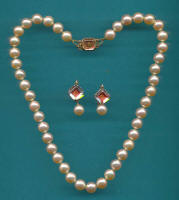
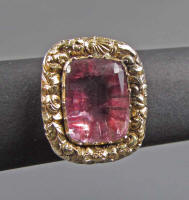
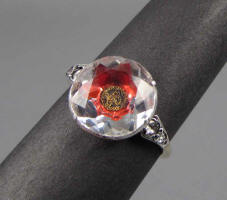

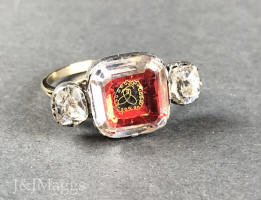
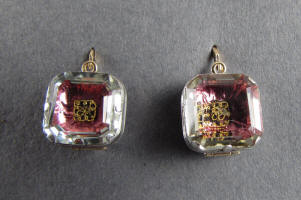
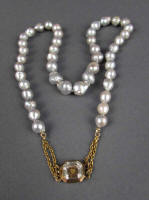
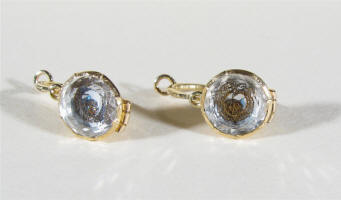
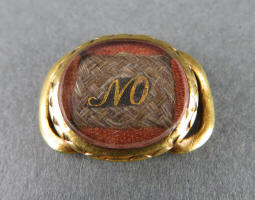

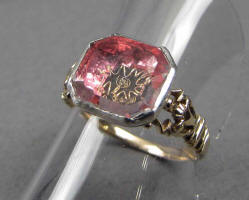
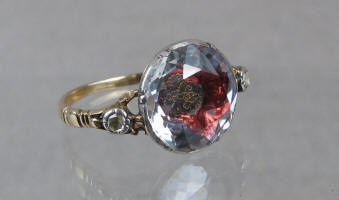
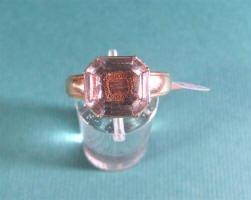
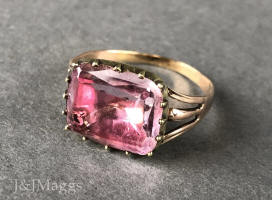
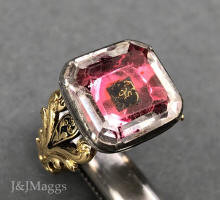
___________________________________________________________________________
Click on this image of our house to visit our website.